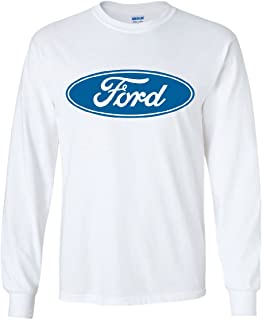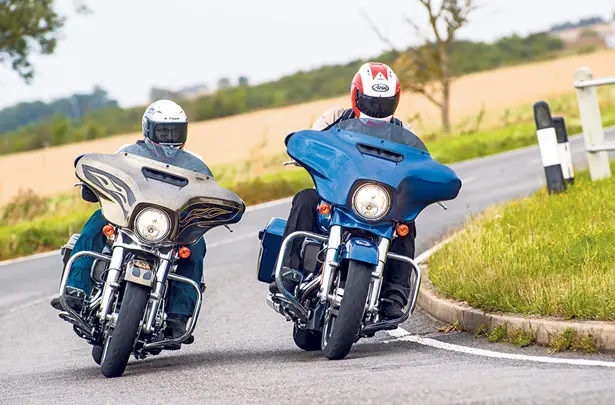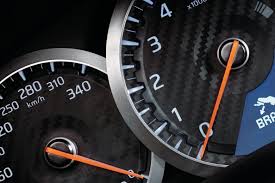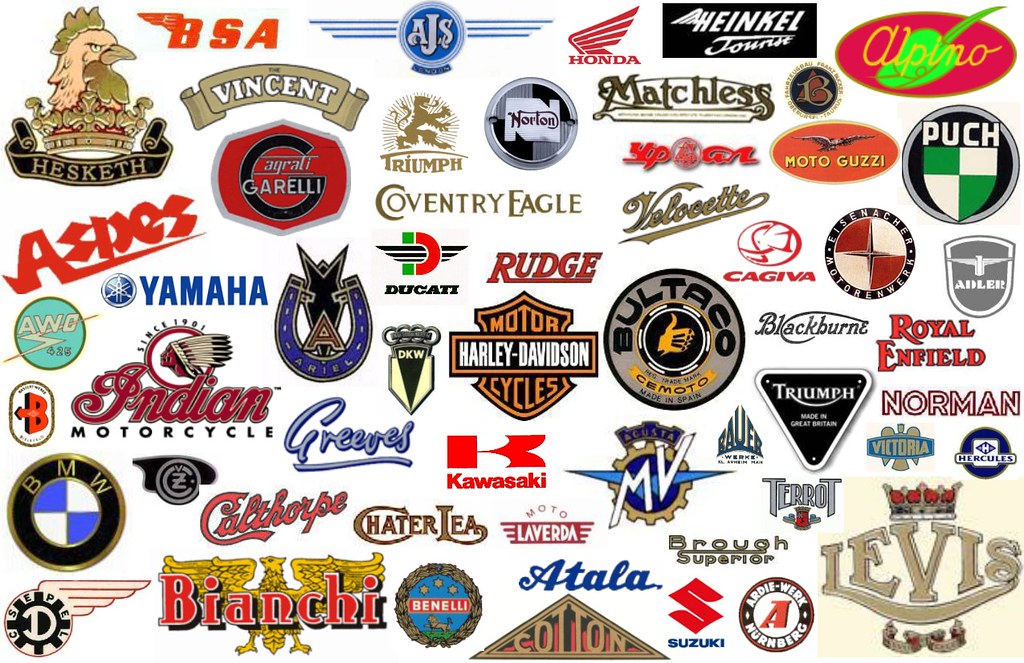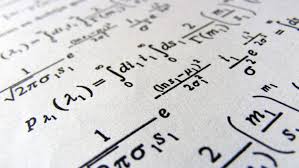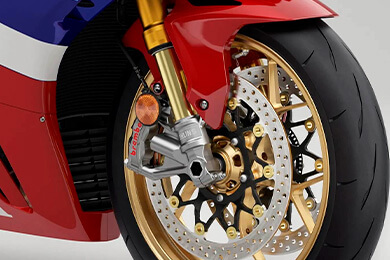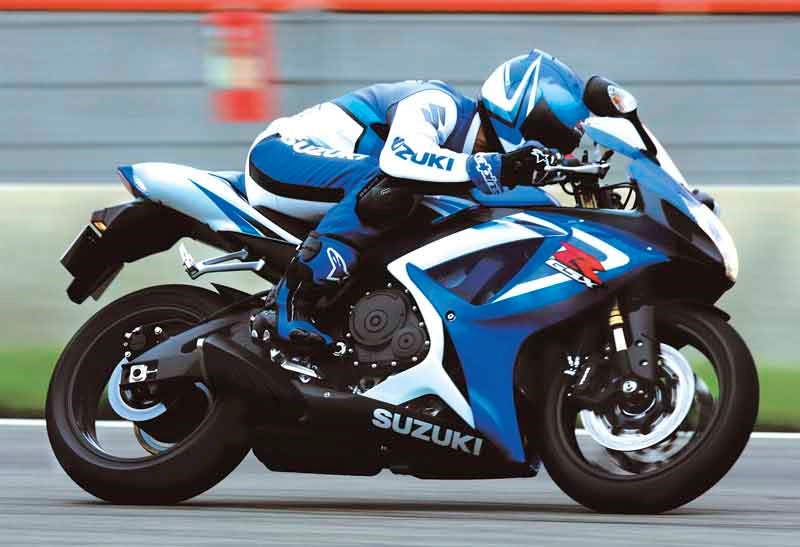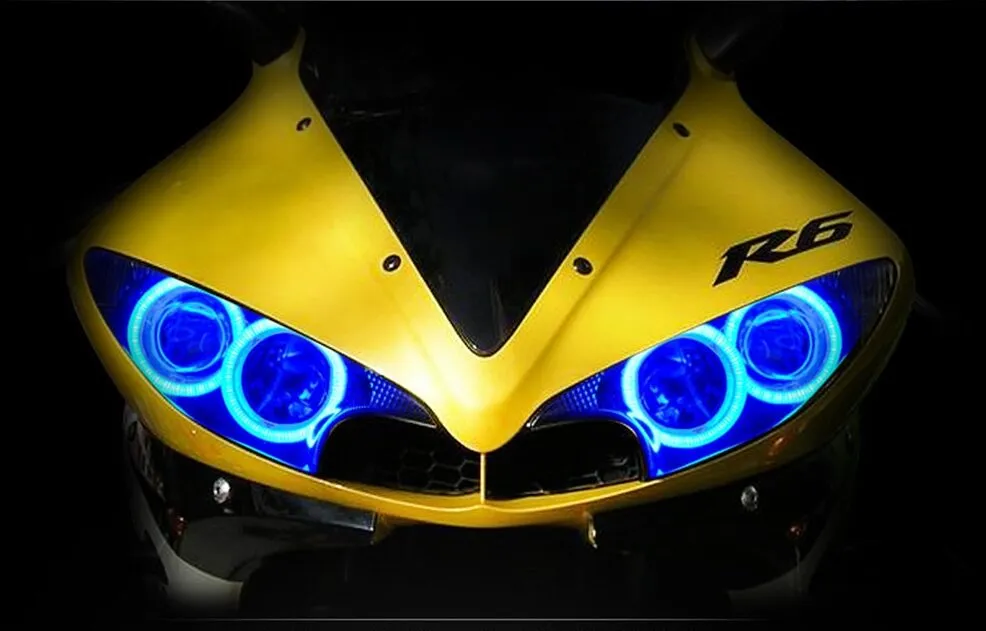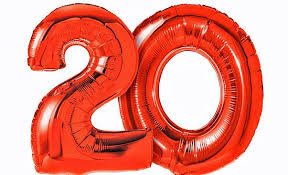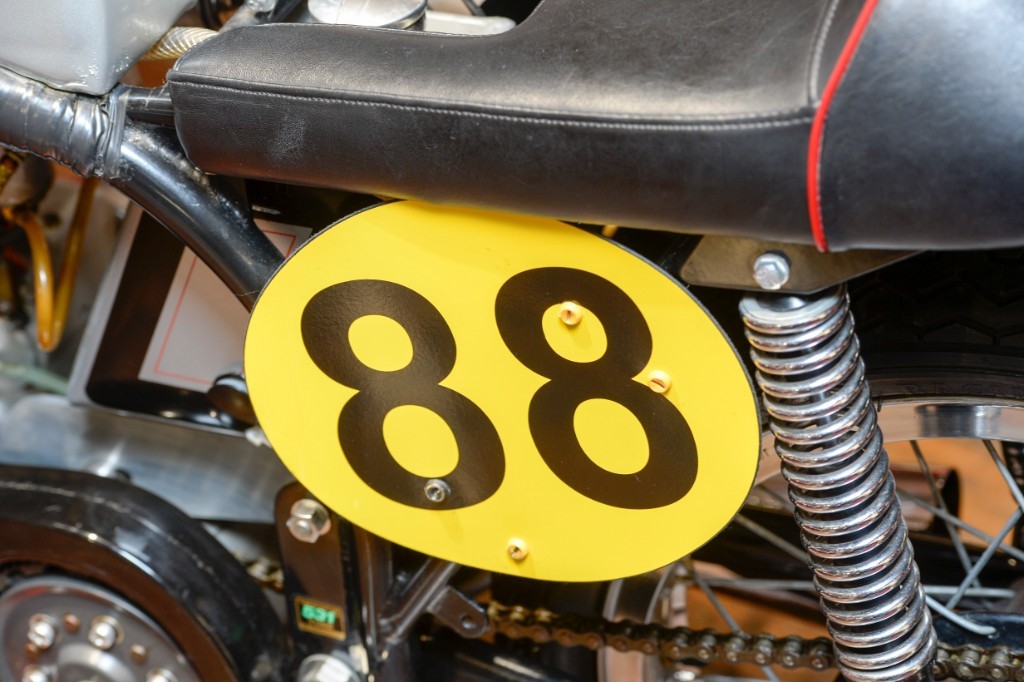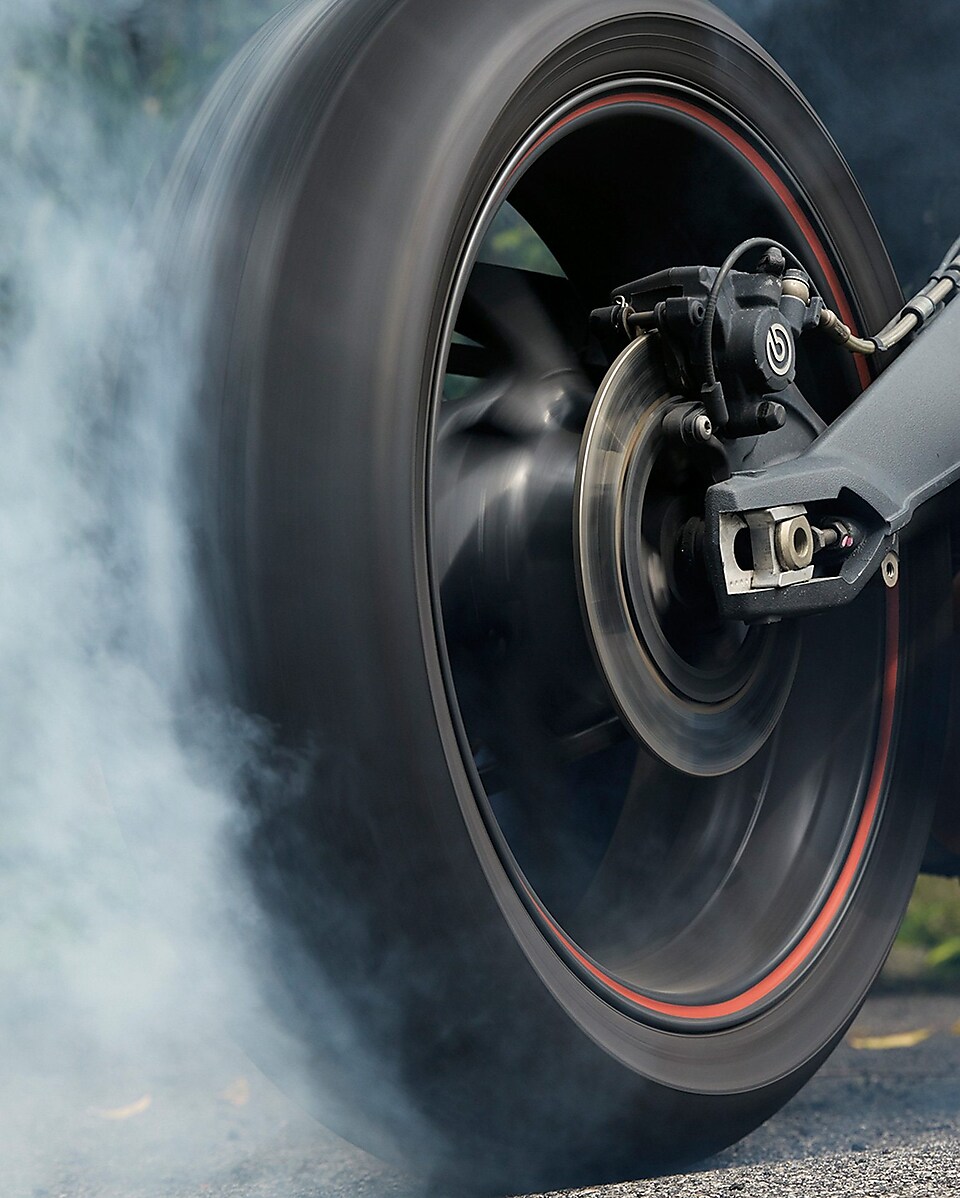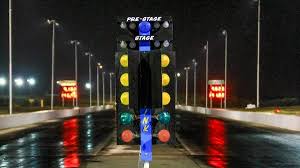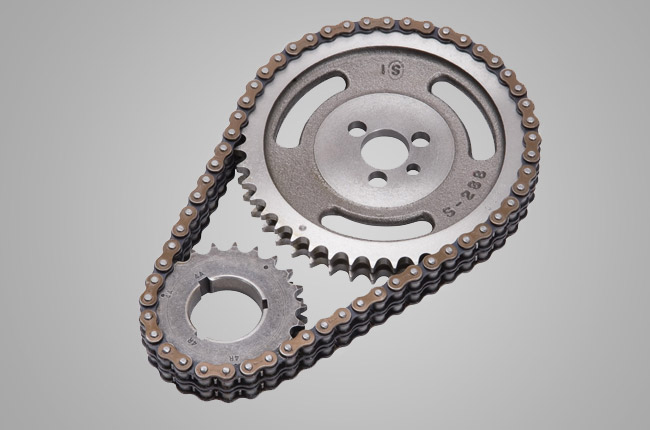


This edition of the Kawasaki ZX-7 R Ninja is the 6 speed | Manual version and was first brought out in 1996. This was at around the same time as the introduction of the 1997 Suzuki GW 400 Inazuma and the 1997 Suzuki TS 125 Single Cylinder.This particular Kawasaki ZX-7 has a 748cc Liquid cooled, Two stroke, Transverse Petrol powerplant with 4 cylinders and Carburettor.
The 1996 ZX-7 shares its Transverse engine and Sport style configuration with the likes of the 2020 Norton Superlight SS and the 2019 Norton Superlight Twin. Alternatively, if you're looking for other bikes which share the ZX-7's Sport style with a similar size of engine then how about the 2020 Norton Superlight SS | 2020cc.2019 Norton Superlight Twin | 2019cc.
Weighing in at 227 kgs (500 lbs) this makes the Kawasaki ZX-7 R Ninja in the same weight category as the 2025 Suzuki SV 650 ABS or the 2025 Honda X-ADV 745, give or take 50kg.
In terms of power the 748cc 16 valve Transverse 4 cylinder engine produces 111.9 bhp (83 kW) @ 11700 rpm similar to the 2025 Yamaha Tracer 9 Triple [119 bhp (88 kW) @ 10000 rpm] or the 2025 Kawasaki Z 900 DOHC SE [123 bhp (91 kW) @ 9500 rpm].
The DOHC Two stroke unit throws out torque of 55.5 lb-ft (75.3 Nm) @ 9500 rpm placing it alongside motorbikes of similar performance figures such as the 2025 Yamaha Tenere 700 Rally [50.2 lb-ft (68.0 Nm) @ 6500 rpm] and the 2025 Suzuki SV 650 ABS [47.2 lb-ft (63.9 Nm) @ 8100 rpm].
If one combines the weight with power or torque performance for the Kawasaki ZX-7 you can get a better idea of it's real world performance.
The 1996 Kawasaki ZX-7 R Ninja has a Power to weight ratio of 492.9 bhp per ton and 244.9 lb-ft per ton. Bhp Per Ton figures of the 1996 ZX-7 competing with the 2005 Buell-EBR XB12S Lightning [517.5 bhp\ton] and the 2007 Buell-EBR XB12S Lightning [517.5 bhp\ton].
If you agree with the late great Carroll Shelby, then arguably an even better indicator of potential performance is Torque. Factor weight into the equation and you end up with - Torque per ton, with the Kawasaki ZX-7 generating around 244.9 lb-ft per ton. If you're curious as to what other motorbikes have as much torque to weight then look no further than the 2009 Yamaha XVS 1300 V-Star [269.9 lb-ft per ton] and the 2007 Yamaha XVS 1300 V-Star [269.9 lb-ft per ton].
With a 0-60mph time of 7.5 secs or a 0-100km/h (0-62mph) of 7.7 secs, this makes the Kawasaki ZX-7 R Ninja similar in acceleration to the 2024 Yamaha WR 450 F (7.5 secs) and the 2015 Kawasaki Z 800 Performance Edition (7.5 secs). This Kawasaki ZX-7 R Ninja also competes in terms of 0-60 mph and 0-100km/h with the 2018 Honda CB 250 R Neo Sports Cafe (0.0 secs) and the 2020 Norton Superlight SS (0.4 secs).
![Yamaha FZR 1000 Genesis - [1988] image Yamaha FZR 1000 Genesis - [1988] image](/editionimages/b/default.jpg)
Quarter Mile time is a close race between the 1996 Kawasaki ZX-7 R Ninja and the 1988 Yamaha FZR 1000 Genesis
When talking about the performance of the 1996 Kawasaki ZX-7 R Ninja on the drag strip it can reach a quarter mile in an estimated 10.7 secs @ 129 mph. Bikes with a similar performance down the quarter mile can be found in the 1988 Yamaha FZR 1000 Genesis (10.7 secs) and the 1993 Yamaha YZF750 SP (10.7 secs).
The 1996 version of the Kawasaki ZX-7 R Ninja has a maximum speed of 167mph.
If maxing out your bike on the AutoBahn is your thing and you're wondering what's faster at the top end than the 1996 Kawasaki ZX-7 R Ninja then how about a 2009 Honda CBR 1000 RR Fireblade Repsol Replica AB (178 mph) and the 2008 Honda CBR 1000 RR Fireblade (178 mph).




